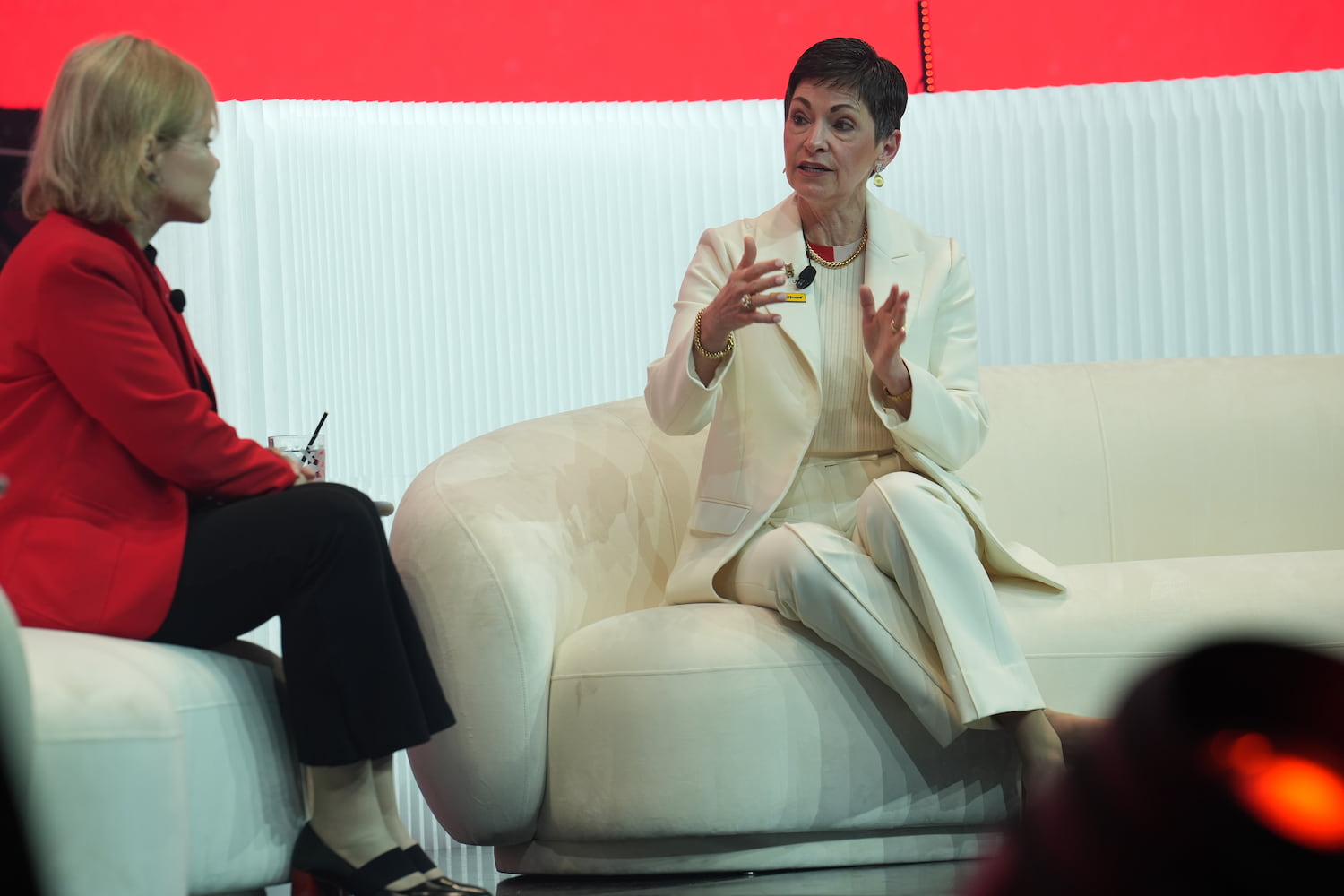Belonging, Employee Well-being
Here’s how your organization can create a great workplace environment that supports every employee, no matter who they are or what job they hold.
The data suggests leaders should take a closer look at the psychological and emotional health of their employees.
Research from the Johns Hopkins University Human Capital Development Lab in partnership with Great Place To Work® found that workplace well-being has dipped to pre-pandemic levels. What’s more, African American or Black employees, are having a consistently worse experience, a gap that grows even larger for Black women.
Great Place To Work research has shown that lower levels of well-being for these employees pose a huge risk to businesses. When employees have a consistently positive experience, companies are more likely to outperform during an economic crisis, eventually seeing stock market returns that are nearly four times the market average.
Making psychological well-being a priority for Black History Month
Initiatives that improve workplace well-being for one group of employees will benefit your entire workforce. At Certified workplaces, where employees report higher levels of trust, 47% more employees of all demographics and backgrounds report having a psychologically and emotionally healthy workplace, compared to a typical workplace.
This improvement matters for companies looking to retain employees and recruit new talent. When employees reported having a psychologically healthy workplace, they were 30% more likely to want to stay at their company and 70% more likely to recommend their company to friends.
The business case for building a psychologically healthy workplace is clear. With employees’ fears about discrimination on the rise, leaders should be extra vigilant for workers who might suffer in silence.
Employees may resort to code-switching and masking to navigate their work environment, coping mechanisms that can lead to feelings of isolation or perceptions of inauthenticity among colleagues. This complicates leaders’ ability to accurately diagnose and address what is undermining engagement within the organization.
How to promote psychological and emotional health
For leaders who decide to focus on psychological health, the data shows three activities that are likely to have an impact.
1. Don’t forget to have fun while celebrating important cultural events
When employees of all backgrounds say they look forward to going to work, they are 140% more likely to say their workplace is psychologically and emotionally healthy. Fun is the No. 1 driver of well-being for every generation.
For leaders, that means focusing on bringing an element of fun to cultural celebrations. Some educational programming might be appropriate, but make sure that employees can connect with one another. A potluck where people share family recipes or a team field trip to a museum or historical landmark are more likely to foster team relationships.
Other ideas include using employee resource group (ERG) events to help employees connect and network with one another. Consider sponsoring a happy hour or ice cream social where employees of all ages can interact with and learn more about your ERGs. Mature ERGs are focused on business results and should be able to be started by any employee looking to volunteer and improve business results at the company.
By celebrating Black History Month and the achievements of Black professionals who have made significant contributions in their fields, your company sends an important message about its values. These stories are not just inspiring; they are crucial for understanding the importance of fostering a successful and inclusive workplace. By actively celebrating these contributions, leadership helps create a workplace environment where all employees feel valued, and eager to contribute while having fun.
2. Encourage all employees to have a healthy work-life balance
When employees of all backgrounds say they have a healthy work-life balance, they are 120% more likely to say their workplace is psychologically and emotionally healthy, according to surveys of 1.3 million employees.
The upshot: Make sure celebrations for Black History Month help employees find balance rather than add to already overcrowded schedules. Consider having a flexible holiday schedule so that employees can take time to celebrate cultural holidays that matter to them.
Flexibility can help employees manage a variety of needs in the workplace, and remote work has even allowed some employees to minimize their experience with microaggressions. As more employers ask their workers to return to the office, consider how those changing experiences impact employees’ mental health.
3. Use storytelling to help employees find their community within the company.
When employees of all backgrounds say they can be their true selves at work, they are 50% more likely to say their workplace is psychologically and emotionally healthy.
What helps employees feel like they can be their authentic selves? Practical examples include storytelling initiatives or networking programs that encourage employees to share and listen to one another. When employees see others bringing their full life experience to the workplace, they are more likely to share more of their own unique story.
For leaders, the high-trust leadership behavior most likely to improve performance on this metric is “listening.” When leaders take time to really listen to employees and learn about their experiences, it fosters a culture where everyone feels safe to express their true selves.
This cultivates a workplace culture where diversity of thought and experience is the bedrock of innovation and growth.
Taking action in 2025
Driving psychological well-being will have a profound impact on organizations that take meaningful steps to improve the employee experience. The year ahead promises another 12 months of change, market shocks, and uncertainty. More than ever, companies that have a resilient and engaged workforce are going to outperform their competitors.
By focusing on psychological well-being, leaders can ensure that every employee has the resources and support they need to achieve great things in the year ahead.
Join us in Las Vegas!
Register for the next For All Summit™, April 8-10, to connect with leaders and experts from great workplaces around the world.












